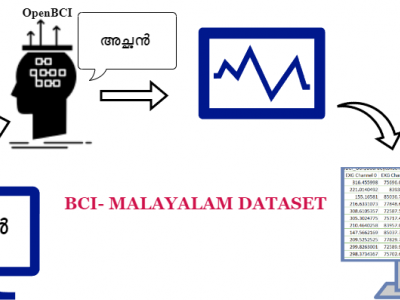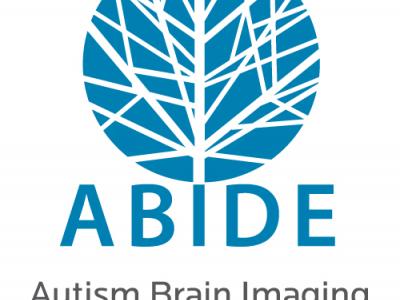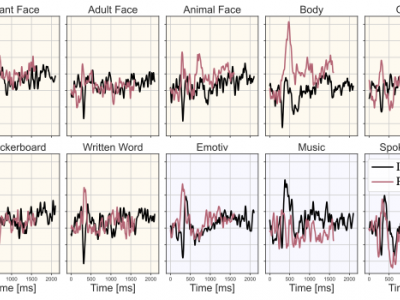Neuroscience

Faces and bodies provide critical cues for social interaction and communication. Their structural encoding depends on configural processing, as suggested by the detrimental effect of stimulus inversion for both faces (i.e., face inversion effect - FIE) and bodies (body inversion effect - BIE). An occipito-temporal negative event-related potential (ERP) component peaking around 170 ms after stimulus onset (N170) is consistently elicited by human faces and bodies and it is affected by the inversion of these stimuli.
- Categories:
 319 Views
319 ViewsIn today’s context, it is essential to develop technologies to help older patients with neurocognitive disorders communicate better with their caregivers. Research in Brain Computer Interface, especially in thought-to-text translation has been carried out in several languages like Chinese, Japanese and others. However, research of this nature has been hindered in India due to scarcity of datasets in vernacular languages, including Malayalam. Malayalam is a South Indian language, spoken primarily in the state of Kerala by bout 34 million people.
- Categories:
 929 Views
929 Views
This dataset comprises data from six experimental participants, each undergoing nine walking trials. Each participant engaged in three trials of low-speed walking, three trials of medium-speed walking, and three trials of high-speed walking. The dataset includes multi-channel electromyography (EMG) data and center of pressure/ground reaction force (COP/GRF) data. Specifically, EMG data is utilized to extract muscle coordination activation time coefficients during human walking, and a deep learning model is established based on these coefficients to predict COP/GRF parameters.
- Categories:
 45 Views
45 Views
Calcium imaging visualizes specific activity of neurons through active sensors, which makes it easy to study the neuronal behavior of animals' learning processes and cognition and helps to promote the use of animal models for neuroscience research. However, motion artifacts and background noise can affect calcium imaging, especially when watching awake animals while they are exposed to low-dose laser irradiation. This makes it impossible to fully understand how neural circuits work. As a result, imaging results are often warped and contain significant random noise.
- Categories:
 64 Views
64 ViewsAutism spectrum disorder (ASD) is characterized by qualitative impairment in social reciprocity, and by repetitive, restricted, and stereotyped behaviors/interests. Previously considered rare, ASD is now recognized to occur in more than 1% of children. Despite continuing research advances, their pace and clinical impact have not kept up with the urgency to identify ways of determining the diagnosis at earlier ages, selecting optimal treatments, and predicting outcomes. For the most part this is due to the complexity and heterogeneity of ASD.
- Categories:
 1856 Views
1856 ViewsWe conducted a randomized controlled clinical trial to evaluate the efficacy of a brain-computer interface ( BCI ) -based visual and motor feedback motor imagery therapy system on cognitive, psychological and limb movement in hemiplegic stroke patients. We recruited more than 100 patients and randomly divided them into three groups : conventional treatment group, MI group and MI group based on brain-computer interface. The data set contains the evaluation data of these three groups of patients before and after treatment.
- Categories:
 394 Views
394 ViewsThis article provides an introduction to the field of datasets, including their types, characteristics, and applications. Datasets refer to collections of data that have been organized for specific purposes. They can come in various forms, including structured data, unstructured data, and semi-structured data. Each type of dataset has its own unique characteristics and uses. For example, structured data typically includes datasets that have been organized into tables and rows, such as spreadsheets or databases, while unstructured data typically includes text, images, and videos.
- Categories:
 349 Views
349 Views
Bionic vision systems are currently limited by indiscriminate activation of all retinal ganglion cells (RGCs) – despite the dozens of known RGC types which each encode a different visual message. Here, we use spike-triggered averaging to explore how electrical responsiveness varies across RGC types toward the goal of using this variation to create type-selective electrical stimuli. A battery of visual stimuli and a randomly distributed sequence of electrical pulses were delivered to healthy and degenerating (4-week-old rd10) mouse retinas.
- Categories:
 83 Views
83 Views
The concept of wellness, as proposed by Halbert L. Dunn, recognizes the importance of multiple dimensions, such as social and mental well-being, in maintaining overall health. Neglecting these dimensions can have long-term negative consequences on an individual's mental well-being. In the context of traditional in-person therapy sessions, efforts are made to manually identify underlying factors that contribute to mental disturbances, as these factors, if triggered, can potentially lead to severe mental health disorders.
- Categories:
 166 Views
166 ViewsThis dataset collects the responses elicited in 10 different subjects brain when imagining 10 different semantic categories of stimuli belonging to visual and auditory domain.
The responses are acquired using an electrodes cap. The 126 electrodes are placed accordin to the 10/5% system by Oostenveld.
- Categories:
 118 Views
118 Views



